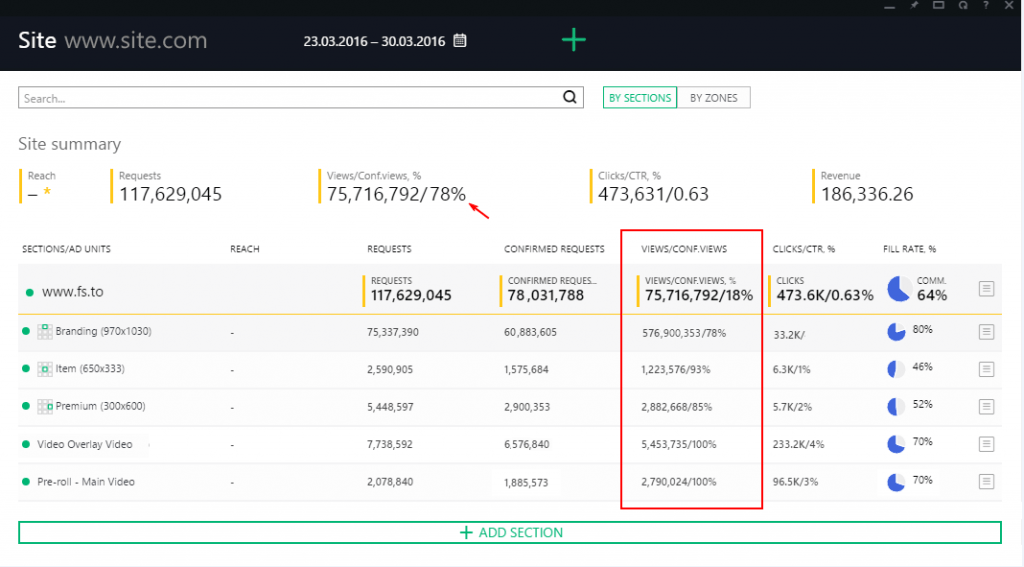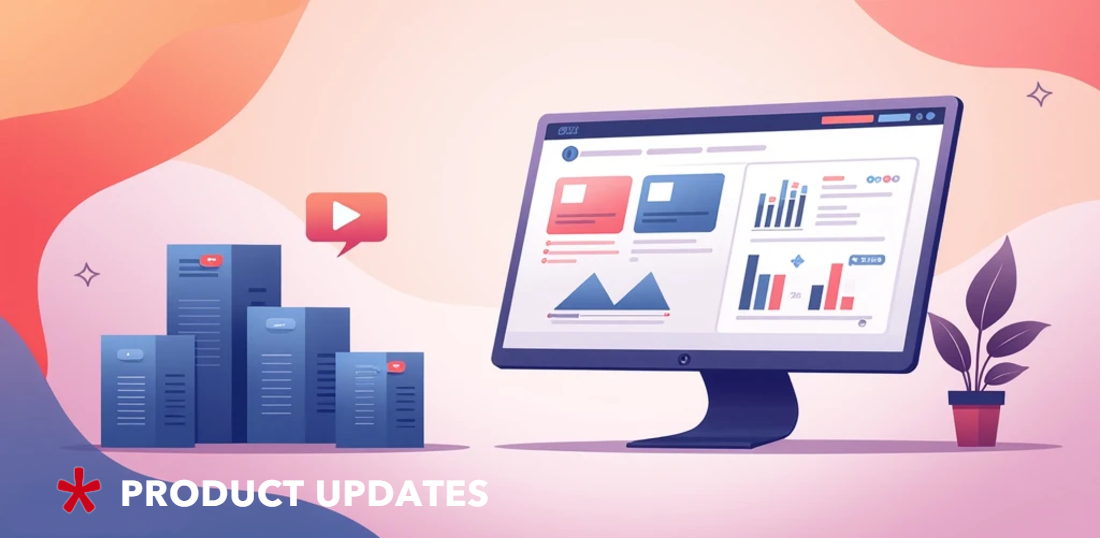Main Hightlights from IAB’s Primer on Improving Ad Viewability
Last week IAB released March Primer for Publishers with main insights how to increase viewability and what should be noted.
Publishers need to be mindful of the numbers of ads per page, and the type of ads, as well as the viewability of those ads. Remember, we’re not talking here about ad effect nor ad engagement, but about the delivery of ads that render on the screen, thus providing the Opportunity To See.
Levers that influence ad viewability are: site design, latency, and Ad Tech/Ops strategy & policies. Content itself is excluded from equation, but is obviously on the top of the list by default.Viewability improvement will have those steps: Measurements, Analysis, Plan & Execute, Iterations.
Measurements and establishing benchmark is a primary step, which can include internal capacities or with 3rd party vendors. It is done to understand the current state of measurement, viewability rates, and latency of content/ads. Improving measurements – improving viewability.
– Run internal tests (combination of qualitative, and manual server log examination) to establish confidence with viewability measurement, viewability, and latency rates.
– Create a map of ad units by ad size, ad format, property/site, geo location, user consumption behavior, etc., add flag if it should be included or excluded from the measurement benchmark exercise.
– Identify a prioritized list of sites/ad positions that will become the focus of your overall improvement plan.
Publishers can’t improve ad viewability isolating latency or site-design, it is better to establish parallel tracks of site design, latency, and Ad Tech strategy and operations.
Re-Design. Perform an in-depth analysis of the baseline data and gather results for recommendations on ad placements by site and page-type and the generation of a hypotheses for experiments that can improve viewability. Develop a redesign plan.
Video:
– Only play back video in fullscreen mode and lock the video player window into the viewable screen area
– Only the ancillary content should be scrolled, but not the video player
– Pause video playback when the tab or window is out of focus on the device.
Ad Latency Improvements
Note that latency pertaining to ad render time has a direct impact on the viewability of an ad.
Gather latency metrics for sites/ad units (rendering time, site-served and 3rd party serving vendor, browser, secure/nonsecure, etc.)
Re-design can affect latency time, thus always prioritize latency improvement by revenue impact.
Ad Tech Strategy
– Only serve below-the-fold ads when they become viewable
– Limit existing creative weight on specific sites, and on 3rd party creatives
– Establish creative-size limits on RTB calls
– Experiment till you find the optimal ad refresh configurations
(note) that auto-refreshing ads can also negatively impact the user experience.
Ad Tech strategy should be adjusted in line with industry changes: browser updates, adblocking, HTML5, etc.
3rd Party Vendors
It is useful to have understanding on how how different vendors assess the viewability of your site. This exercise will uncover whether there are risks like primary vendor estimates the site viewability at higher percentage, while a new vendor estimates it twice lower.
It’s important to stay aware of changes in vendor processes/MRC marketplace.
To measure 3rd party:
– Compare tests with 3rd party viewability vendors with your baseline
– Spot gaps
– Analyze gaps, establish a remediation plan with the vendor to fix measurement as a precondition for certification to eliminate risks
– Certify only highly trusted vendors
– Integrate with 3rd Party vendors for better optimization of viewable campaigns
3rd Party Ad Serving:
– Validate if the vendor can serve ads on your site successfully
– Before certification, measure latency against response time and render time
– Ongoing monitoring for a month or two may necessary, prior to a final certification, due to latency significance for viewability:
– Review measurement rates
– Review latency stats
– Communicate irregularities to MRC thus improving measurement precision
– Review contractual agreements for listed above
Advertisers and Agencies
Publishers would benefit from educating advertisers and agencies on the measurement, latency and industry trends.
There are wide variance in viewability rates for vCPM campaigns, due to differences in optimization. Viewability rates can’t provide an incomplete picture isolated, they should be coupled with measurement rates, thus both should be evaluated in concert.
Ad latency is another factor that can impact performance.
Awareness of industry trends, the viewable impression measurement standards, the latest MRC accreditations and/or revisions to standards, are essential for guiding the decisions concerned advertisers and agencies.
Summary
Transparency is absolutely essential for publishers while dealing with partners. In assessing measurement vendors, transparency is critical.
Knowing your site level data and vendor’s methodologies, and understanding of how ads operate on your sites can help you to cross-check vendor data.
It is vital to assess value for the more viewable inventory for reserving optimal revenue and for assuring the best possible user experience.
Some ad serving solutions like Admixer.Publisher provide publishers with data about confirm views for each ad zone in reporting to find the blind spots.
Want to know more? Read our post about the State of Viewability in 2015.





